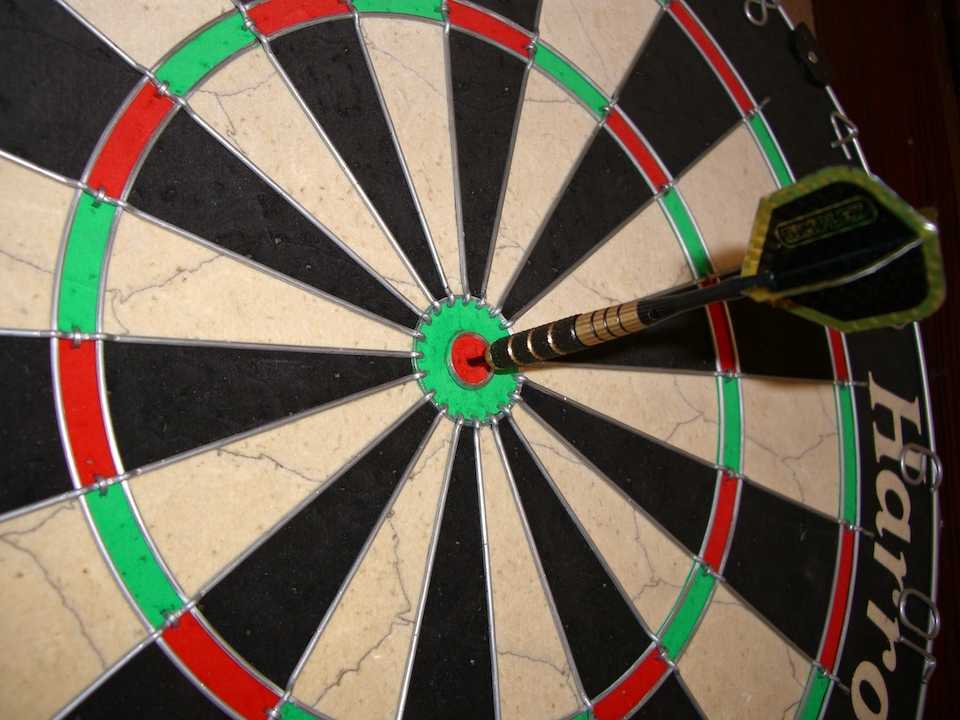How Good Is The Lasik Success Rate?
True or False: Lasik is perfect? The answer may surprise you - In fact, lasik is not perfect! Nothing in life is ever perfect. Lasik does come pretty close though. Most people after lasik do end up with perfect vision! Lasik is highly accurate at correcting prescription. Good surgeons can achieve an accuracy of close to about 95% with lasik. However, just as with anything in life, lasik isn’t perfect.
Lasik depends on a few things to get the best results.
Prescription Heading Into Lasik
First off, lasik depends on having accurate measurements of the prescription of the eye. This is why it is important that the eyes aren’t changing prior to getting lasik done. If the prescription is changing before the procedure then it can continue to change after the procedure as well and shift your vision off target. It is important to wait until the ages of 18-21 for the vision to stabilize prior to getting lasik done.
It is also why it is important to go out of contact lenses prior to the procedure to eliminate changes due to contact lens wear.
It Is Necessary To Go Out Of Contact Lenses Before Surgery
.jpg)
The long road to lasik; Image by Matt McK matty_westside, CC0, via Wikimedia Commons
The hardest part for many going through refractive surgery is staying out of their contact lenses. Some contact lens wearers don't even have a pair of glasses to wear! So why do we make patients go through this ordeal?
Contact lenses affect the surface of the eye and in some cases, even change the prescription of the eye! The fit of the lens or extended wear of contact lens can warp the shape of the cornea to change the prescription. These changes, however, are reversible. By going out of the contact lens, the cornea is allowed to return back to its normal shape.
If we treated your prescription right after taking out the contact lens, there is a good chance we would be treating the wrong prescription. It takes time for the cornea to heal up from contact lens wear. Now, everyone is a little different in how much time they need. Some people only need to go 3 days out of contact lenses. Some patients who have more cornea changes need additional time. Certain contact lenses such as toric lenses to correct astigmatism cause more change to the cornea and thus require a week or more.
Optimizing The Calculated Treatment

Powerful calculations are used to optimize lasik; Image by Wallpoper, Public domain, via Wikimedia Commons
Lasik works great “out of the box,” however, lasik surgeons want better! Better lasik means better vision.
Lasik lasers are calibrated to work well for a very large amount of patients without additional adjustments. But, subtle factors can influence the power of the laser and affect the way it treats prescription. This can range from a surgeon’s lasik technique to factors unique to each laser. Every lasik laser is slightly different. As a result, to get the best results, good lasik surgeons have to adjust for these factors. This is done by continuously optimizing their results.
Good refractive surgeons use what’s known as a nomogram to adjust the treatment for the subtle differences between lasers. These nomograms are constantly refined from patient results to provide a perfect treatment for any prescription.
After lasik, patients are followed over time to make sure that the eyes stay healthy. Also at these visits, the prescription (or most often the lack of a prescription) is being measured. This prescription provides critical information on how the lasik laser is performing. All of this information is fed into a database. This database is used when the surgeon is deciding on the prescription to program into the laser. If the database detects that laser is treating more prescription or less prescription than necessary, then the database adjusts the calculation appropriately. As the results get fed back into the database, the database stays optimized to treat all lasik prescriptions as perfect as possible.
Close To Perfect
But even with perfect measurements and perfect laser calculations, the very best surgeons max out at 95-98% accuracy. What accounts for the remainder? Any procedure has some subtle variation due to healing differences and lasik is no different. After treatments, lasik changes some of the biomechanical forces in the cornea. This can change the shape (and thus prescription) ever so slightly after the treatment. While this is predicted with the nomogram, everyone is a little different. In addition, the very front surface of the eye, the epithelium, can also undergo some remodeling also changing the prescription.
Can Lasik Be Enhanced Or Touched Up?
Despite using the latest technology, the best surgical techniques and the best measurements, some people every year will end up off target. This can be a large source of anxiety for patients undergoing lasik. However, it need not be. This is where lasik enhancements come into play.
Simply put, an enhancement corrects the remaining prescription after lasik. This enhancement can be done a few different ways. Sometimes the original lasik flap itself can be lifted, sometimes a PRK procedure is best to correct the prescription. The end goal, however, is the same: fully corrected vision!
Before an enhancement, it is important to see that the prescription of the eye has stabilized. For most people this occurs about 3 months after the procedure. Some people can take a little bit longer. Waiting for stability is especially important if there is co-existing dryness that needs to be treated or if the prescription initially was good but shifted off target for some reason.
The good news, however, is that it is very uncommon for the prescription to be off after an enhancement. The best analogy putting in the sport of golf. A long putt is much more difficult to sink in the hole (but lasik is still quite good at those long putts). A short putt, however, is rarely missed!

Lasik Enhancement; Image by me / Public domain
Summary
So while lasik can be very very accurate, it can’t ever be 100%. But with good surgeons and good techniques the most likely outcome is still an outstanding result. But never fear, even if you end up off target, enhancements can take care of the rest.
Related Articles
Also check out EyeMountain.com for more great eye articles
Please note: The general information provided on the Website is for informational purposes only and is not professional medical advice, diagnosis, treatment, or care, nor is it intended to be a substitute therefore. See the Disclaimer and Terms of Use for more information
